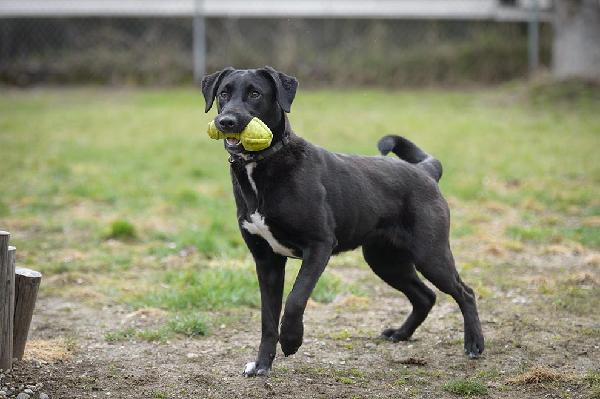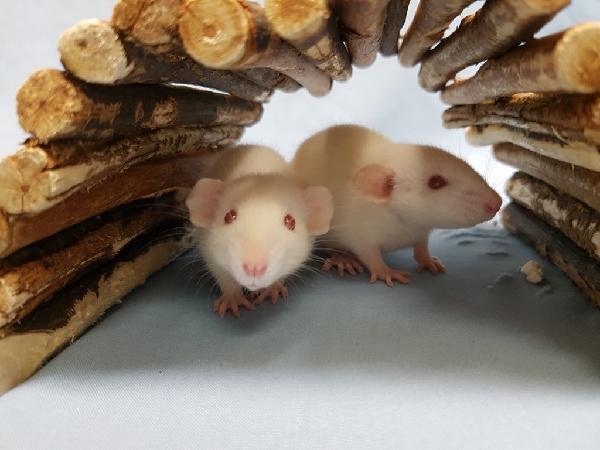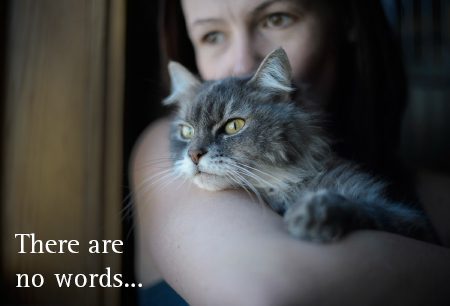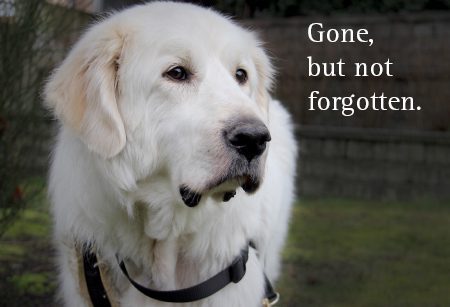The BC SPCA is dedicated to promoting the health and welfare of horses and other equines, and celebrating their close bond with people. The Society also values the varied services that equines provide to humans and other animals, including, but not limited to, companionship, work, recreation, competition and research.
Responsible Care of Equines
Equine guardians are expected to provide their animals with the Five Freedoms for the duration of their lives. Regardless of the purpose for which equines are raised, guardians should strive to ensure that:
- Equines have an appropriate temperament and level of experience, training and fitness for the activity and physical environment they are working in;
- The activity does not place excessive demands on equines (e.g., cause severe exhaustion);
- The activity does not result in ongoing discomfort, pain or injuries (e.g., from poorly fitted equipment);
- Equines receive sufficient rest from the activity;
- Risks to welfare from housing and transport (e.g., fear or frustration) are minimized;
- Other animals involved in the activity (e.g., cattle) do not experience physical or psychological distress; and
- There are suitable plans in place considering the individual needs of the animal for surplus equines, equines who do not meet breeding standards and equines retired from the activity.
It is unacceptable to put horses or other equines out on range without suitable food, water, shelter and continued care to meet their needs. This practice is considered to cause distress under the B.C. Prevention of Cruelty to Animals Act and may be considered an offense pursuant to the Criminal Code of Canada, particularly in an environment where grazing is scarce and the weather is extreme.
The BC SPCA does not endorse the use of horse handling and training techniques that use pain or fear to motivate behaviour change, which are unfortunately still common. The Society advocates the use of humane, reward-based methods to foster trust and build positive human-equine relationships (see also Animal Training).
To safeguard the welfare of equines, the BC SPCA supports:
- The adoption of legislation, regulation and policies that protect their health and welfare;
- The ongoing development and use of the highest professional accreditation standards and programs that evaluate and improve their care and handling; and
- Further research and development in all areas of their management that have an impact on welfare.
Responsible Breeding and Retirement of Equines
The BC SPCA urges guardians and breeders of horses and other equines to exercise great caution in their breeding practices to prevent the production of surplus animals.
Should an individual guardian be unable to provide for the care of their equine, they should first seek to sell or give the animal directly to a suitable guardian or a responsible equine rescue or sanctuary. Should no appropriate placement be available, on-site euthanasia should be considered, as auctions, slaughter plants and transport may be the cause of significant stress. If transport is necessary, it should be conducted using equipment designed for equines and over the shortest distance possible.
In accordance with the BC SPCA position statement on Humane Killing, equines must be killed in a manner that either kills the animal instantly or that first renders the animal insensible to pain until death ensues. Both the behavioural nature and anatomy of horses and other equines can make humane handling and slaughter challenging. In order for equine slaughter to be considered humane, slaughter plants and government regulators must provide evidence that the facilities and methods used are appropriate for the species, as measured by legitimate third-party monitoring of animal welfare indicators such as vocalisation, electric prod use, instances of slipping or falling, stun efficacy and post-stun sensibility.
Approved by the Board of Directors – January 2021
(replaces Equine Welfare, July 2012)
Background
There are more than 57,000 horses used for recreation (54%), racing (22%), sport (13%) and guide, ranch or other work (11%) in British Columbia.1 Roughly 20,000 households around the province are involved in the equine sector.1 While the average horse-owning household in B.C. has 3.3 horses1, it is estimated that only two-thirds of guardians live on the same property as their horse2.
Depending on the purpose for which they are raised, equines may face risks to their physical and psychological well-being. Such risks concern the ways in which they are bred, raised, housed, trained, handled and transported, as well as the activities themselves. However, regardless of purpose, all equine guardians should have a plan and provide for the health and welfare of their animals, with considerations made for:
- Sanitary and comfortable bedding and housing;
- Adequate nutrition that includes a high ratio of high-fibre roughage and allows for foraging throughout the day;
- Appropriate preventative medical care including vaccinations, parasite control and dental care;
- Appropriate grooming and hoof care;
- Social contact with other equines that permits expression of natural behaviours such as mutual grooming and play;
- Access to spaces large enough for equines to use all gaits to roam and interact with other equines across distances;
- Enrichment that provides opportunities for physical and mental stimulation to prevent boredom and frustration;
- Humane (i.e., non-aversive-based) handling and training;
- Breeding or prevention of breeding (e.g., castration of animals not intended for breeding);
- Humane methods of permanent identification (e.g., microchipping);
- Transportation;
- Immediate veterinary care in medical emergencies;
- Transportation, housing and care in the event of a natural disaster or other non-medical emergency;
- Retirement and aging; and
- Euthanasia.
Should a horse or other equine no longer be desired for their original purpose, the guardian must be prepared to provide for their lifelong care or re-home them responsibly. The BC SPCA therefore encourages potential guardians to think carefully about their decision to acquire an equine, who can live for more than 30 years, and ensure they have the long-term funds needed to provide for their welfare.
Equine guardians should be aware that auctioning of their animal may result in the animal being purchased for slaughter rather than for recreational purposes. Auctions and slaughter plants are distressing environments for equines, exposing them to unfamiliar sights, sounds, smells, and housing and handling methods. Due to the potential for severe welfare harms, the BC SPCA strongly recommends that equine guardians instead consider placing the animal with another suitable recreational guardian or having the animal euthanized on-site.
Minimum acceptable standards of care for horses and other equines are defined in the Code of Practice for the Care and Handling of Equines3, available from the National Farm Animal Care Council. The Review of Scientific Research on Priority Issues4, which supports the Code, contains further information for equine guardians, including learning theory and training psychology.
See also:
Animal Training
Animals in Recreation, Sport & Entertainment
Animals in the Film and Television Industry
Animals Used in Science
Cosmetic and Other Non-Therapeutic Alterations
Farm Animal Welfare
Humane Killing
Selective Breeding of Companion Animals
Background updated – January 2021
References
1 Horse Council BC Equine Industry Economic Impact Study 2019. Available from https://hcbc.ca/2020/05/26/2019-hcbc-economic-impact-survey-results/. Accessed August 11, 2020
2 Equine Canada 2010 Canadian Equine Industry Profile Study. Available from https://www.equestrian.ca/industry/about. Accessed August 11, 2020
3 Code of Practice for the Care and Handling of Equines. Available from https://www.nfacc.ca/codes-of-practice/equine. Accessed August 11, 2020
4 Code of Practice for the Care and Handling of Equines: Review of Scientific Research on Priority Issues. Available from https://www.nfacc.ca/codes-of-practice/equine. Accessed August 11, 2020
Definitions
Abandonment (of an animal): The act of leaving an animal in a situation where the animal must fend for her-/himself. Abandonment is illegal.
Anxiety: A negative emotion experienced in response to uncertainty about one’s environment. Animals experience anxiety most often in new and unfamiliar situations and respond by heightening their vigilance in order to assess the potential for danger. The posture of an anxious animal varies by species.
Aversive-based training: Any training method, device or tool that an animal perceives as physically or emotionally uncomfortable.
Distress: A severe negative affective state caused by physical and/or psychological factors. Physical distress may arise when an animal is hungry, thirsty, too hot, too cold, diseased, injured or in pain to an elevated degree. Psychological distress may arise when an animal experiences fear, anxiety, frustration or depression to an elevated degree.
When used in a legal context1 by animal protection officers and veterinarians:
“An animal is in distress if it is
(a) deprived of adequate food, water, shelter, ventilation, light, space, exercise, care or veterinary treatment,
(a.1) kept in conditions that are unsanitary,
(a.2) not protected from excessive heat or cold,
(b) injured, sick, in pain or suffering, or
(c) abused or neglected.”
1 Prevention of Cruelty to Animals Act [RSBC 1996] CHAPTER 372 (Section 12:1)
Fear: A negative emotion experienced in response to perceived danger or threat, usually accompanied by a physiological stress response.
Five Freedoms: A concept first developed by the Brambell Committee, formed by the UK government to examine the conditions on commercial farms. Now internationally recognized, the Five Freedoms are considered applicable to all animals.
The BC SPCA’s Five Freedoms (adapted from the original list) are:
- Freedom from hunger and thirst
- Freedom from pain, injury and disease
- Freedom from distress
- Freedom from discomfort
- Freedom to express behaviours that promote well-being.
The BC SPCA’s Five Freedoms form the basis of the Society’s Charter and describe conditions that must be fulfilled in order to prevent the suffering of all animals in human care. The Society acknowledges that these freedoms are not enforceable and that absolute provision of these freedoms may not be possible, but strongly encourages all animal guardians to strive to provide them.
Humane killing: A method that ensures an animal is either killed instantly or that involves rendering an animal insensible to pain until death ensues.
Humane training: Training or caring for an animal without using pain, fear, physical or verbal intimidation techniques.
Insensible: Lacking sensory perception or ability to react to a stimulus.
Pain: An unpleasant sensation generally felt in response to injury, disease or other forms of physical harm.
Reward-based training: Any training technique, tool or device that an animal does not perceive as physically or emotionally uncomfortable.
Stress: The physiological response to a stimulus in order to help an animal cope with his/her environment. The stress response can be associated with either positive emotions (e.g., excitement, arousal) or negative emotions (e.g., anxiety, frustration), depending upon the nature of the stimulus or the animal’s perception of that stimulus.
Suffering: An enduring negative affective state. Suffering is associated with feelings such as pain, hunger, fear and anxiety. All sentient beings are capable of suffering.
Welfare: An animal’s quality of life. An animal’s welfare depends upon both his/her physical health and affective state.
Animals experience good welfare when they are able to experience positive feelings arising from pleasurable activities and the fulfillment of behavioural needs, and when they are free from poor physical health and negative feelings (e.g., pain, discomfort, hunger, thirst, fear and frustration).





